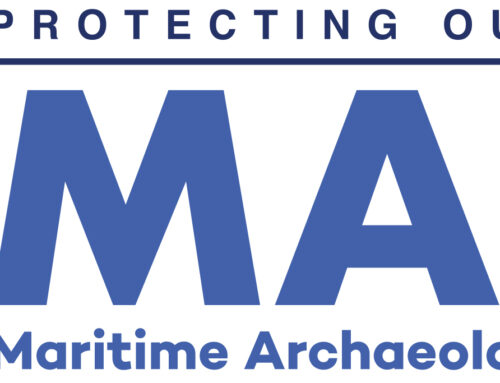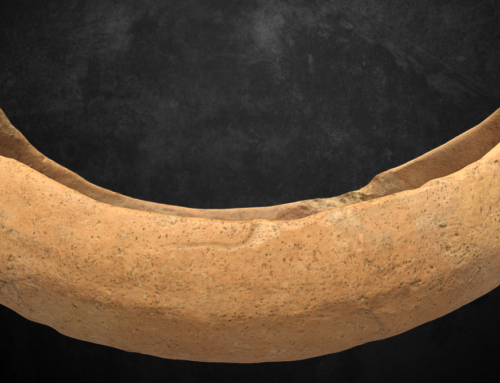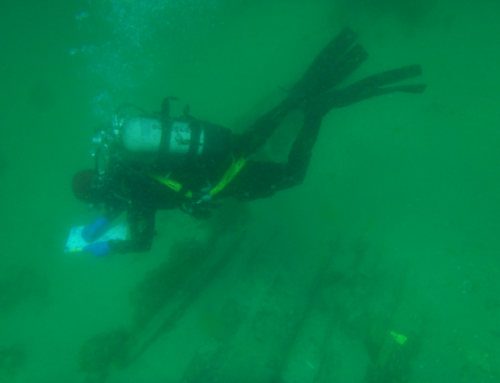Sourcing the Zea Limani Stone Anchors, Piraeus, Greece: New data for identifying shipbuilding locations and ancient Mediterranean sailing routes – 2021
Dr Patrick Quinn and Dr Margie Burton

By using new and well-established techniques to characterise in detail the mineralogical, micropalaeontological, and chemical composition of the rock used to manufacture the Zea Limani anchors and comparing them to rock specimens collected in the field, this project will shed new light on their raw material sources. The Zea Limani anchors will also be compared to a typologically related stone anchor excavated from Volos in northern Greece. By drawing connections between these anchors and their raw material sources the project will provide new data for identifying locations of ancient ship building and the movement of triremes during the Classical Greek period.





